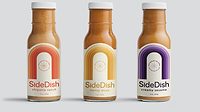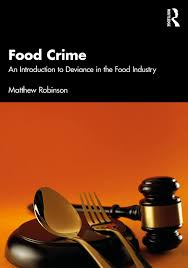Stick-to-it-iveness defined

Code-named Phoenix, Tetra Pak's Recart project traces back to 1992, when scientists and engineers at the Swedish firm first began working on a paperboard alternative to the retortable metal can. Nestle's pet food division began field testing Recart in 2001 (Food Engineering, April 2002), and France's Bonduelle significantly expanded its mixed vegetable trials earlier this year, but Hormel's program is Recart's grand coming-out party.
Twelve SKUs each of Hormel and Stagg brand chili began shipping from Hormel's flagship Beloit, WI, plant July 19 to distribution centers, where merchandising teams were poised to take the cartons to each retail account and sweep away the cans they are replacing from grocers' shelves (many of the cans will be donated to America's First Harvest).
"A lot of people are perfectly happy with cans, but there also are people who aren't interested in buying any canned goods," says Jeff Grev, group product manager at Austin, MN-based Hormel. "We're the leading producer of prepared, shelf-stable chili and stews, and we felt we should lead the way in introducing the best, most efficient container available."
Grev ticks off several consumer benefits: laser perforations for easy opening and pouring; a hand-friendly shape; one-fifth the container weight and less rigid walls, resulting in less impact-damage potential; and an absence of sharp or jagged edges (in Britain alone, 20,000 consumers seek medical attention each year for can-opening injuries). The squared-off shape also is more space efficient than a cylindrical can: besides storing more easily in a pantry, three Recart containers occupy the same space as two cans on grocers' shelves.
Designing a 405 gram (14.3 oz.) container that is three-quarters cellulose (plus polyethylene, aluminum foil and adhesives) and can withstand the 130
Looking for a reprint of this article?
From high-res PDFs to custom plaques, order your copy today!







